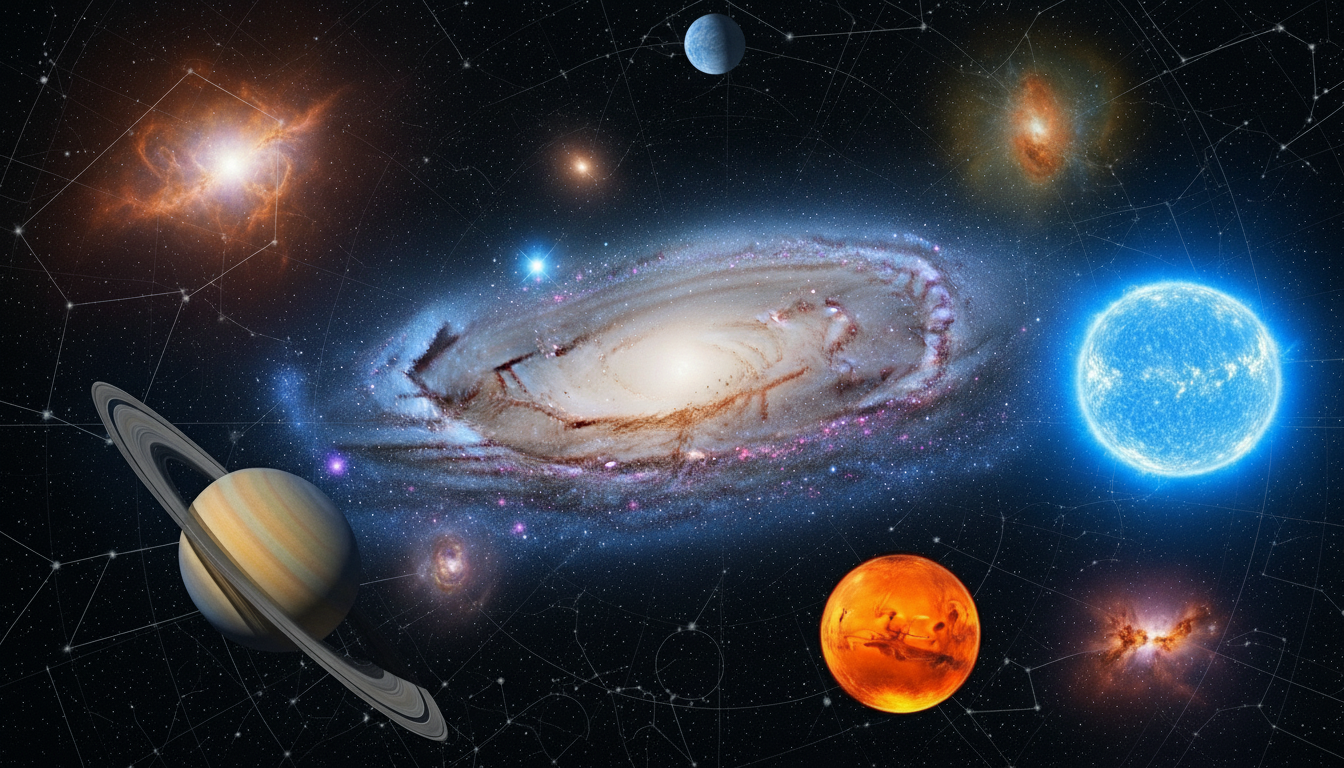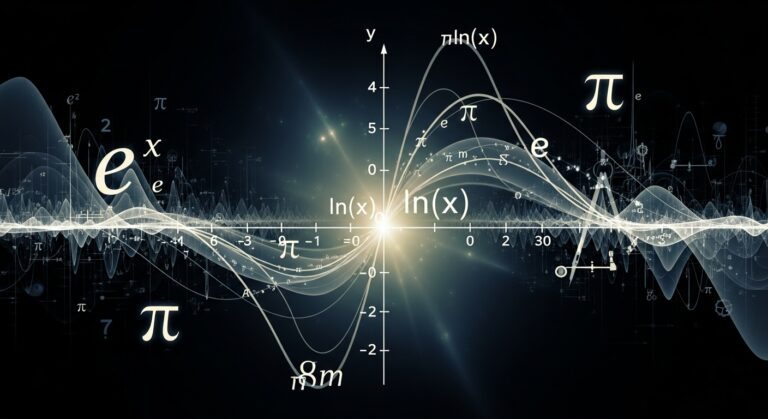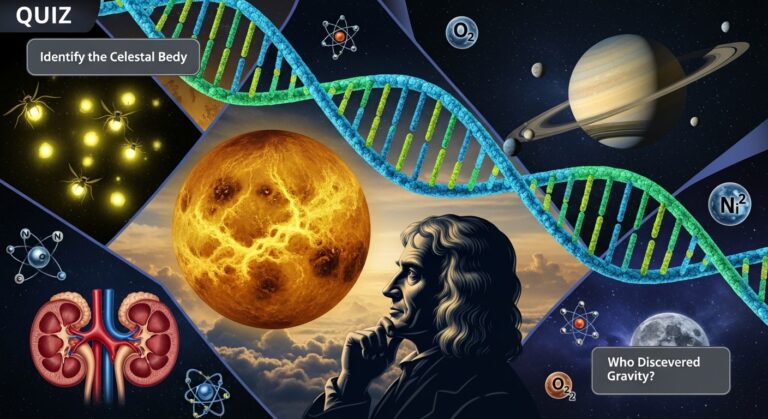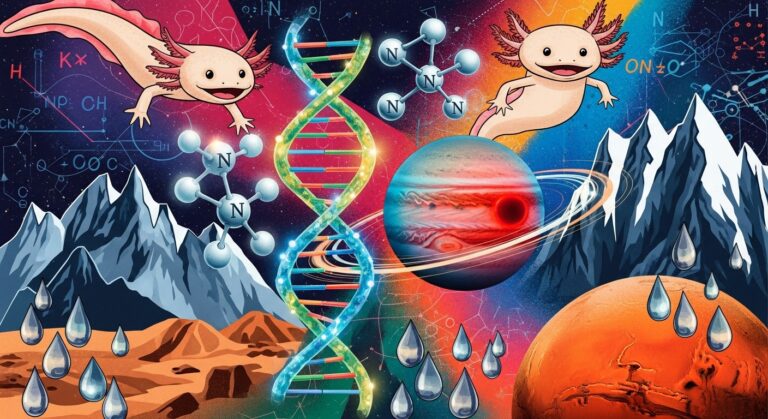Astronomy Quiz: Explore Stars, Planets, and the Universe
The universe is vast, mysterious, and filled with extraordinary phenomena that stretch the limits of human imagination. From distant galaxies spinning billions of light-years away to the tiny particles inside stars, astronomy helps us understand our place in the cosmos. This astronomy quiz is more than a set of questions—it is a chance to explore the wonders of space, discover surprising scientific facts, and learn how astronomers unravel the mysteries of the universe using powerful tools and brilliant theories.
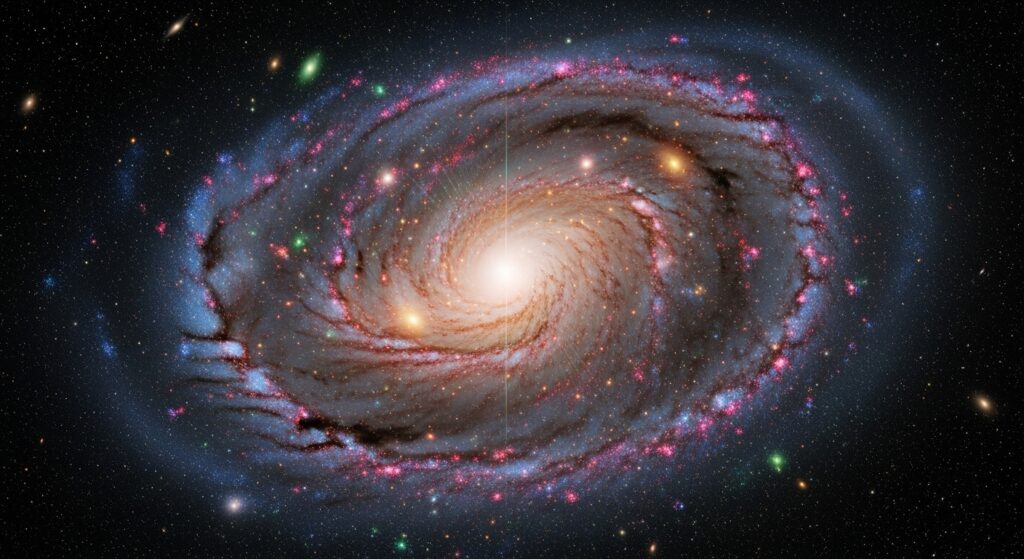
Astronomy has evolved significantly over the past few centuries. Early civilizations observed the night sky with the naked eye, noticing patterns in star movements that helped them track seasons, navigate oceans, and build calendars. Today, astronomers use advanced telescopes, orbiting satellites, and deep-space probes to discover new worlds and study cosmic events with incredible precision. With resources like NASA’s public archives and educational platforms, astronomy has become more accessible than ever. Curious learners can explore galaxies, stars, and planets through detailed images and scientific explanations. Major research sources such as https://www.nasa.gov and https://www.britannica.com regularly publish updated findings, making astronomy a constantly evolving science.
The Birth of Stars and the Secrets of Starlight
Stars may appear small from Earth, but each one is a massive ball of glowing plasma undergoing complex nuclear reactions. Most stars, including our Sun, form from collapsing clouds of gas and dust. As gravity pulls material inward, temperature rises until hydrogen begins fusing into helium, producing enormous amounts of energy. This energy radiates outward, creating the light we see from billions of kilometers away.
When you look up at the night sky, every star you see is part of a deeper story. Stars are born, age, and eventually die in spectacular ways. Small stars like red dwarfs burn slowly and live for trillions of years, while giant stars burn quickly and end in colossal explosions known as supernovas. According to research shared on https://science.nasa.gov, these supernova explosions create many of the heavy elements found on Earth, including iron, gold, and uranium. In other words, the atoms in our bodies and the metal inside our planet were forged in ancient stars. The astronomy quiz questions about supernovas and stellar composition connect directly to these cosmic processes.
Planetary Worlds: Exploring the Solar System
Our solar system is a miniature universe of its own, containing rocky planets, gas giants, icy moons, and dwarf planets. Mars, for example, is famous for having Olympus Mons, the largest known volcano in the solar system. This is why one of the early questions in the astronomy quiz focuses on identifying the planet with the highest mountain. Understanding planetary features helps astronomers compare Earth with other worlds, providing clues about geological history, atmospheric evolution, and the potential for life beyond our planet.
Saturn’s moon Enceladus is another fascinating example. It hides a massive ocean beneath its icy surface, confirmed by NASA’s Cassini spacecraft when it detected plumes of water vapor erupting from cracks near the moon’s south pole. These discoveries make moons like Enceladus and Europa potential candidates for harboring extraterrestrial life. The quiz question about icy moons invites you to explore these intriguing worlds and appreciate the possibility of life existing far beneath frozen surfaces.
Galaxies: The Mega Cities of the Cosmos
Galaxies are enormous systems containing millions to trillions of stars, gas, dust, and dark matter. Our home galaxy, the Milky Way, is a barred spiral galaxy stretching over 100,000 light-years across. But it is just one among billions. The Hubble Space Telescope’s deep-field images revealed that even small patches of the sky are filled with countless galaxies—each one containing its own stars, planets, and cosmic mysteries.
This is why the astronomy quiz includes questions about the Hubble Deep Field images. These images transformed our understanding of the universe, showing that galaxies were forming even in the earliest moments after the Big Bang. You can explore these images directly on https://www.nationalgeographic.com, which provides educational coverage on astronomical discoveries and telescope missions.
Black Holes, Light-Years, and the Nature of Space
Black holes remain one of the most mind-bending concepts in astronomy. Formed from the collapse of massive stars, they contain so much gravity that not even light can escape their pull. The event horizon marks the point of no return, and it’s one of the most fascinating topics in astrophysics. The astronomy quiz tests your knowledge of this invisible boundary.
A related concept included in the quiz is the light-year—a measure not of time, but of distance. Light travels about 9.46 trillion kilometers in one year, and astronomers use this unit to measure enormous cosmic distances. When you hear that a galaxy is 2 million light-years away, it means the light we see from it actually left 2 million years ago, offering a glimpse into the past.
Cosmic Microwave Background: The Echo of the Big Bang
One of the final questions in the quiz addresses the cosmic microwave background (CMB). This faint, ancient radiation is one of the strongest pieces of evidence for the Big Bang theory. Discovered accidentally in 1965, the CMB represents the leftover heat from the creation of the universe. Modern satellites like NASA’s WMAP and ESA’s Planck have mapped the CMB with extraordinary detail, giving scientists clues about the early conditions of the cosmos.
Understanding the CMB helps astronomers reconstruct the universe’s evolution, showing how matter formed, how galaxies grew, and why the universe appears the way it does today.
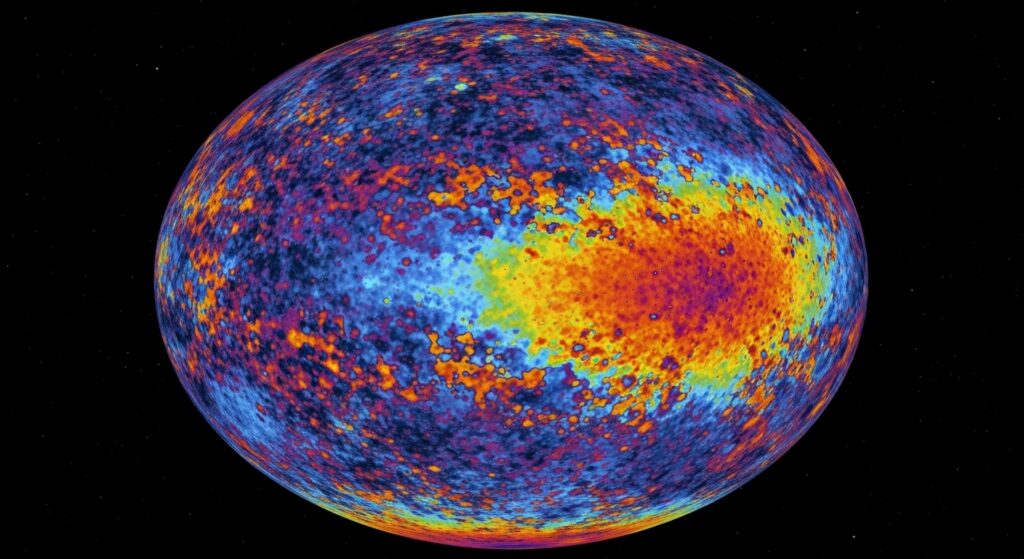
Why Astronomy Matters Today
Astronomy shapes technology, inspires scientific innovation, and expands human knowledge. Tools invented to study the universe—like CCD sensors used in digital cameras—have practical uses in medicine, communication, and countless fields. Space exploration also encourages global cooperation through international missions and shared scientific goals.
This astronomy quiz gives you a chance to test your knowledge and dive deeper into the marvels of the cosmos. Whether you are fascinated by stars, planets, galaxies, or cosmic mysteries, each question opens the door to new learning.

